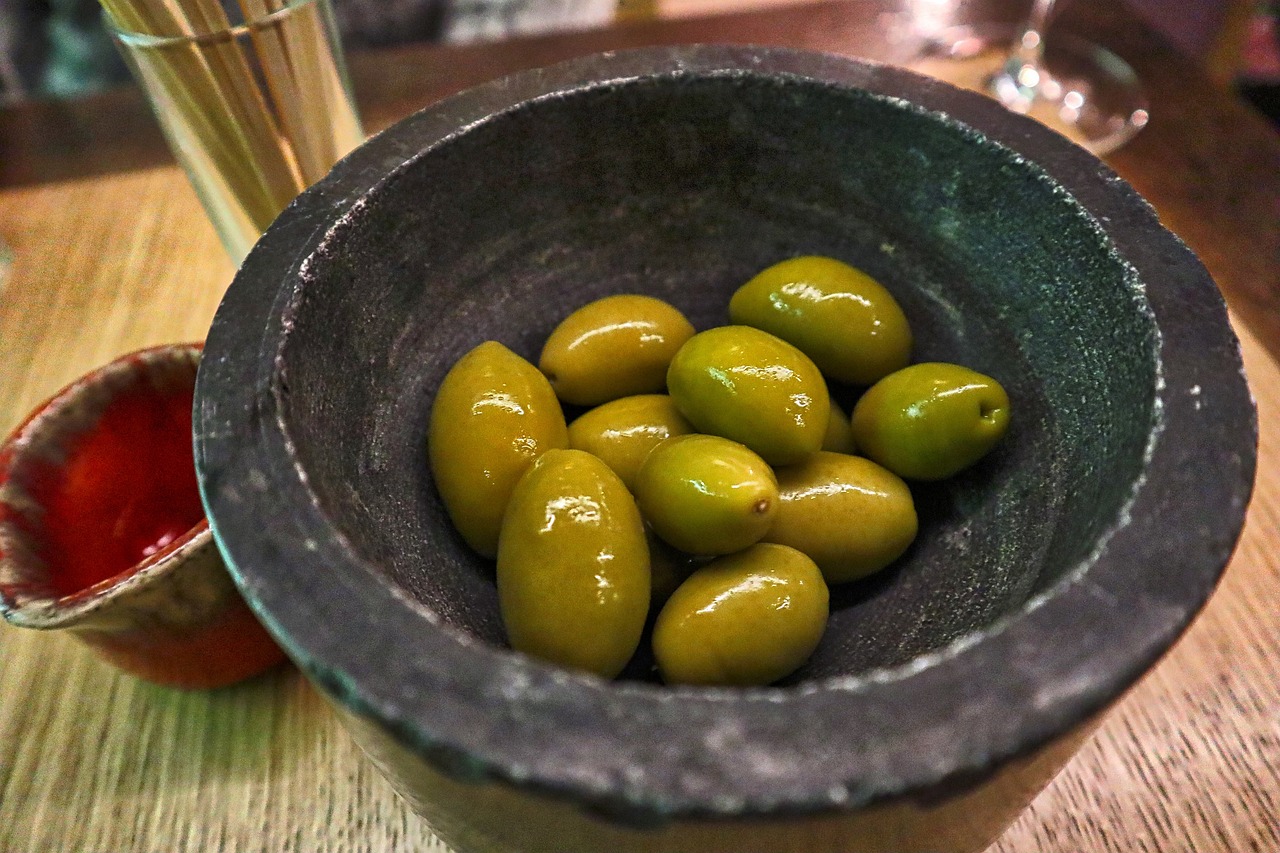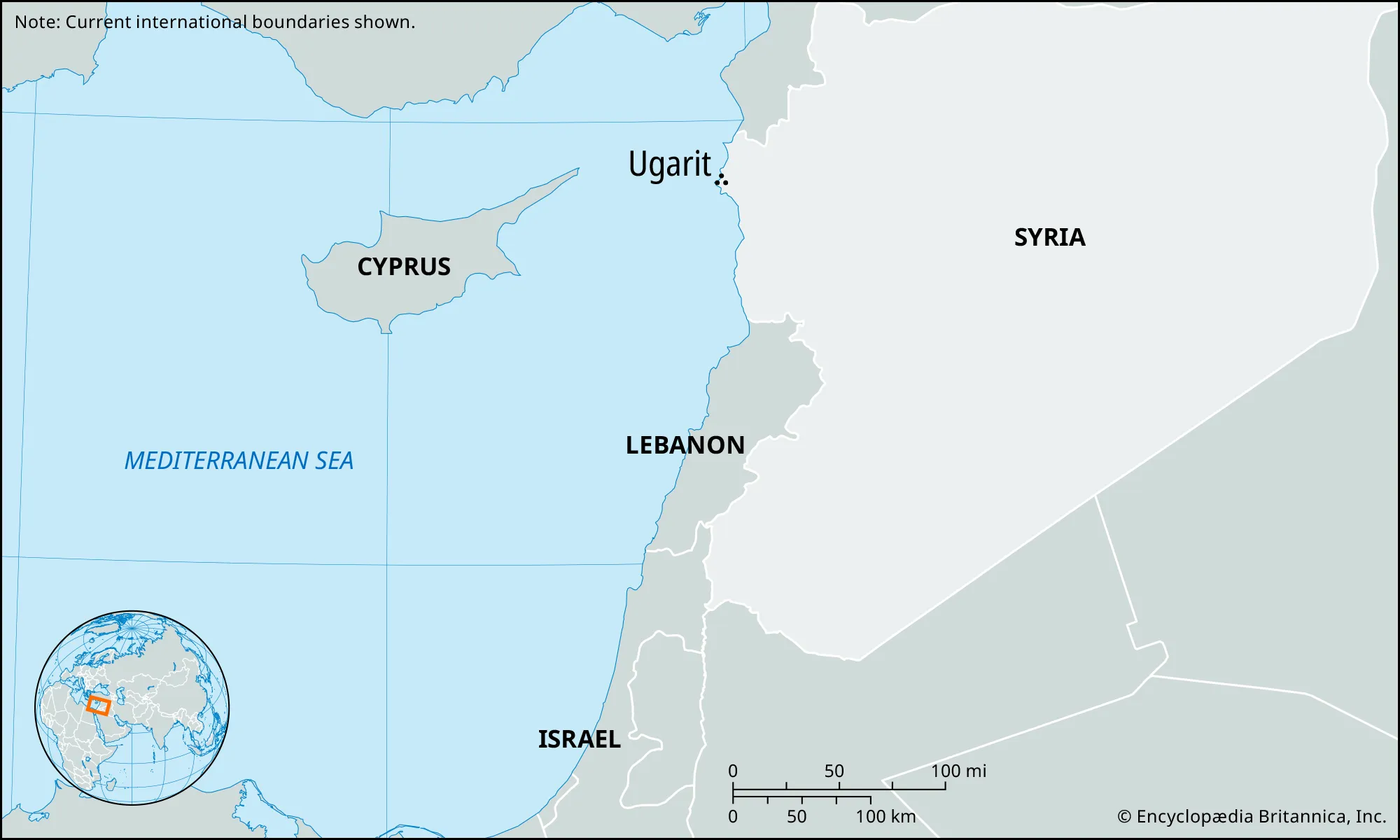Economy and business
The Mediterranen diet is at least 4 thousands years old

Even 4,000 years ago, people in the Mediterranean knew what was good for them. A new study has found that ancient Syrians ate similarly to what we now call the Mediterranean diet, which is touted today for its many health benefits.
“The old phrase ‘you are what you eat’ is really true in this case,” Benjamin Fuller, an archaeological chemist at the University of Leuven, told Inverse’s Elana Spivack. “The stable isotope ratio analysis technique makes it possible to directly determine the type of food groups that were actually consumed.”
The researchers used this technique on large data sets of archaeological isotope measurements to examine the history of the Tell Tweini settlement in Syria. During the Bronze and Iron Ages, this site was an important port for the Kingdom of Ugarit, a power that served as a buffer between the Hittites , Pharaonic Egypt and Middle Eastern potentates such as Mitanni and Babylon

Ugarit, the capitol of Tell Tweini
The dataset included isotopic measurements of 410 plant seeds as well as 16 human bones and 210 bones of other animals, ranging from 2600 to 333 BCE.
The relatively low levels of nitrogen 15 isotopes measured in people’s remains suggested their occasional consumption of meat, suggesting that Tell Tweini residents relied on domestic animals primarily for labor, milk and wool. Specifically, between 2000 and 1600 B.C., it appears that their diet consisted largely of whole grains, fruits and vegetables, including an abundance of olives and grapes. Basically, an ancient Mediterranean diet.
“The human diet was relatively low in animal protein and seems comparable to what is now considered a typical Mediterranean diet, consisting of bread (wheat/barley), olives, grapes, legumes, dairy products and small amounts of meat,” Fuller and colleagues write in their paper.
Although their reliance on vegetable consumption may have emerged out of necessity, freeing animals for other uses, the ratio of meat to fruits, grains and vegetables still proves to be the healthiest option, both for our well-being and that of the environment.

Tell Tweini excavations
Excavations at Tell Tweini, the ancient Gabala
High levels of carbon 13 isotopes in the preserved seeds suggest that the crops at Tell Tweini were well tended and irrigated during the site’s history. The use of animal manure would also explain the high levels of nitrogen 15 isotopes found in the plants. All that is traditional agriculture has roots much older than we thought. The research was published in PLOS ONE.
Where the diet of the people of Tell Tweini differs from that of people living in the Mediterranean today is that, despite being less than two kilometers (just over a mile) from the coast and despite a wide variety of fish being recovered at Tell Tweini, humans during the Middle Bronze Age did not seem to eat much food from the sea. Nor did they eat much from other waterways.
Members of the ancient society must have been able to produce enough food from their crops, indicating that their land was fertile. This correlates with the region’s known olive oil production.
“Excavations at the site indicate that olive oil production became a major economic activity in Tell Tweini, and installations related to this activity were found in every house during the Iron Age,” Fuller and team explain.
Shortly after 1200 B.C., Ugarit collapsed. The fall of the kingdom was attributed to lack of crops, social unrest and famine throughout the region, but signs of Tell Tweini oil production emerged again soon after, with no signs of stress in the plant isotopes.
“We could conclude that the inhabitants of Tell Tweini handled the increased aridity during this period very well, and in most cases even better than other contemporary settlements,” the researchers say. All without knowing anything about so-called “Climate Change,” but simply doing their jobs as farmers well.
These results reveal that a Mediterranean-style diet has helped sustain humanity for millennia. But this diet also emerged in a fertile environment with a relatively stable climate.
“Ugarit…witnessed negligible resettlement after the devastation of the Late Bronze Age,” Fuller and colleagues point out.
“The investigation of whether less favorable environmental conditions or the absence of adaptation strategies among its inhabitants played a major role, compared to Tell Tweini, warrants further investigation.”






